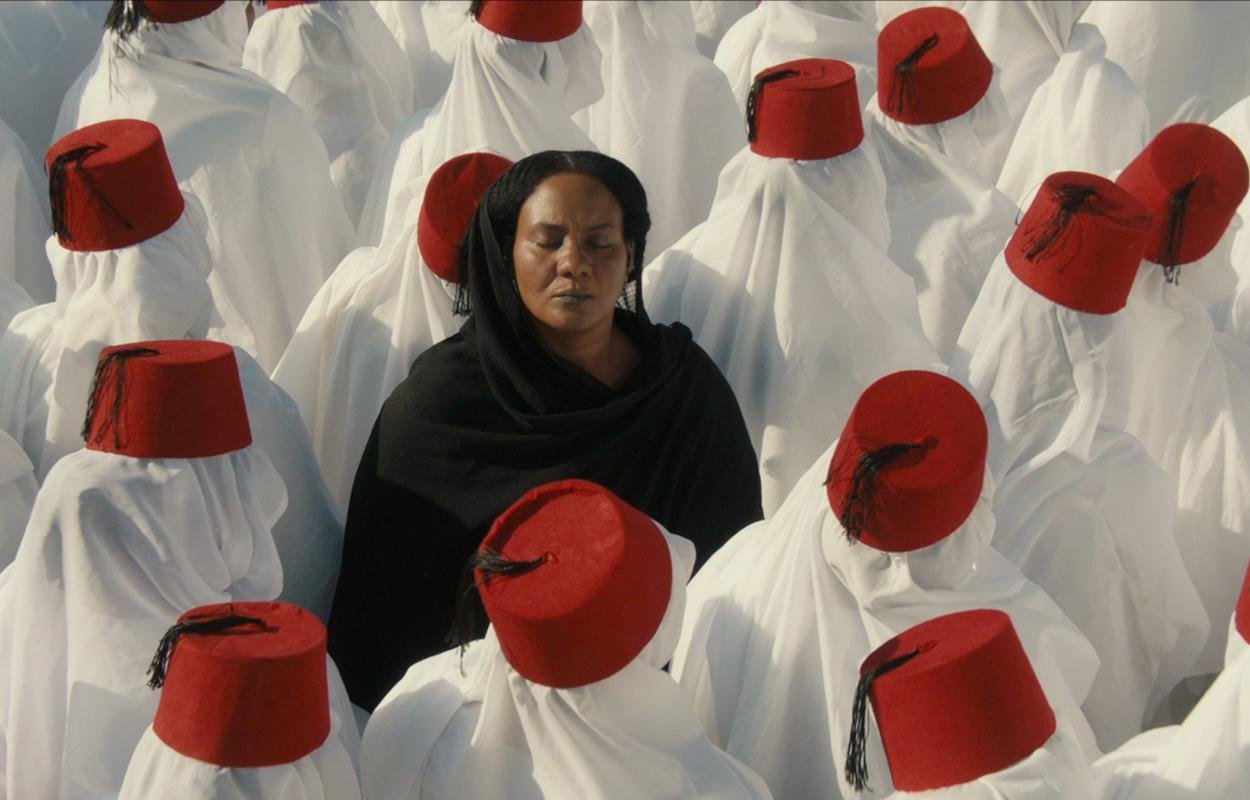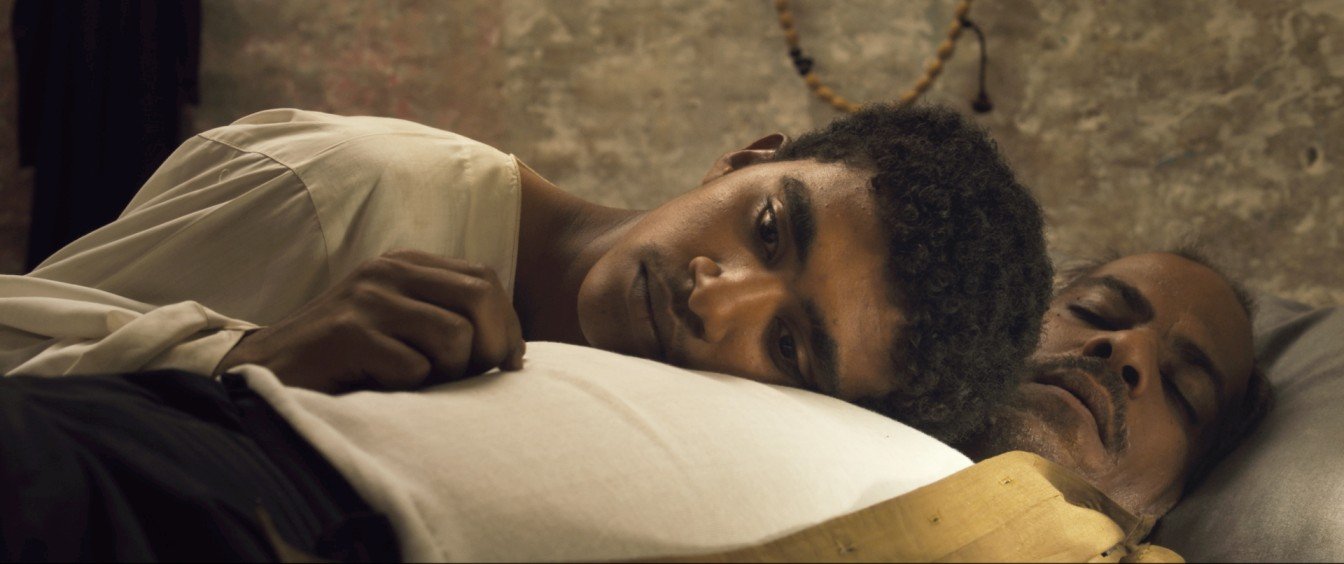
To the victims of the Sudanese Revolution
How would you live if you knew when you were going to die?
How would those around you treat you if they lived in a state of pre-mourning?
In ستموت في العشرين (You Will Die at Twenty) Muzamil’s upbringing is tainted by these questions. When his mother, Sakina, brings him as a newborn baby to the village’s Sheikh for a blessing, it is predicted that he will die at twenty. ‘Everything is fated. God’s command is inevitable’. Sakina, believing this is a curse, lives in a state of perpetual countdown, tallying her child’s life on the wall in a tomb-like space. Director Amjad Abu Alala told the BFI this was intended to obscure the audience’s notion of time. Instead of choosing a readable system, the count disallows us to tell exactly how long Muzamil has left.
After the screening, our audience discussed the many symbolic interpretations of the story. Are the women held back by the curse, and implicitly the gendered cultural dynamics their village abides by? Muzamil’s love interest goes to school, wears her scarf on her shoulders instead of covering her hair, and is allowed out without male supervision. Although her education may allow her to see this prophecy of death as a simple myth, she is still waiting and unable to wear henna until she is engaged. On the other end of the spectrum of piety is Suleiman, an outcast in the community who has lived across Europe and shows Muzamil a life past the small scope of his home, through a film projector.
A Turning Point in Sudanese Cinema and History
The film was shot in the north of Sudan, in Abu Alala’s father’s religious Sufi village. It was also the childhood home of banned Sudanese writer, Hammour Ziada, whose short story inspired this feature. But what is interesting is how this film was made at a crucial time for Sudan, during the fall of al-Bashir, Sudan’s previous head of state.An ultimate trigger for revolution was the government's budget, which allocated about 60-70% of the country’s money to protect the former president, whilst the people of Sudan were left to struggle for basic needs.People had been historically neglected in the region of Darfur, and al-Bashir, intimidated by rebels there, ordered a mass killing and targeted displacement of its civilians. Several film crew members were also badly beaten by the military during the making of this film. It has been described as one of the worst humanitarian disasters in the world, known as the Darfur genocide, with about 3 million forced into refugee camps.
In April 2019, al-Bashir’s brutal regime was defeated by the civilians after 30 years of living under his rule.
The Evolution of Sudanese Cinema
The first feature-length film made in Sudan was made in 1970, with very few following, due to lack of funding. In 1977 Al Dhareeh (The Tomb) looked at the consequences of blind faith, much like our chosen film. In it the Sheikh charges people in poverty for sessions with him, showing how ordinary people’s lives and their hope in faith can be exploited for gain by religious leaders.
You Will Die at Twenty is Sudan’s first ever Oscars entry, even in times of civil turmoil. Historical violence is not in the text of this film. Instead, through this art the nation’s cultural identity and its people are represented away from it, even when the filmmaker is shooting on location during a revolution.





